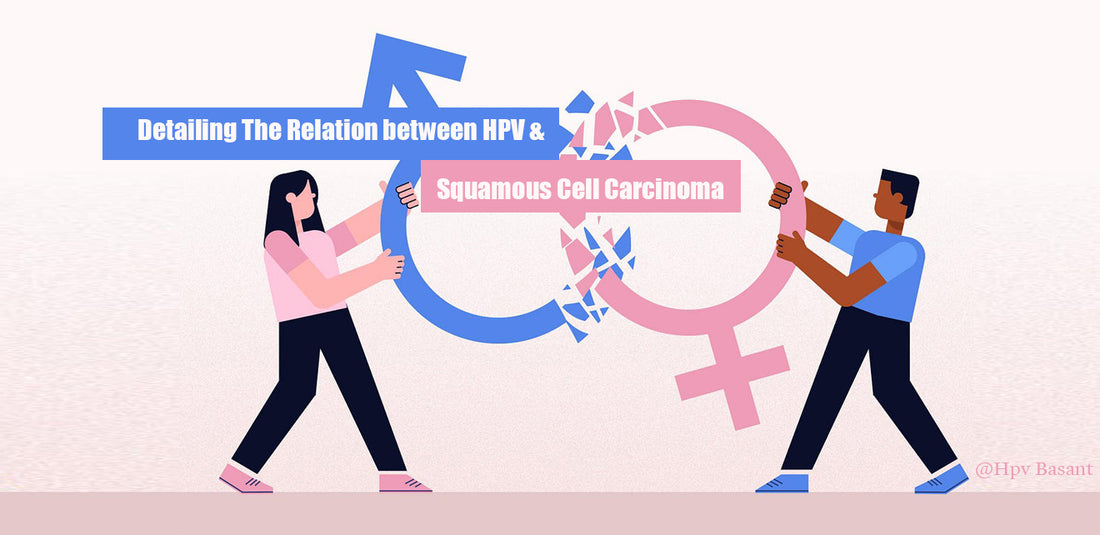
Detailing The Relation between HPV & Squamous Cell Carcinoma
Squamous cell carcinoma is one of the most common issues stemming from the Human Papillomavirus (HPV). Squamous cells occur on the surface of human skin and are thin and flat. Our intention here is to give a quick glimpse of the relationship between HPV and squamous cell carcinoma.
An Overview of Squamous Cell Carcinoma
Squamous cell carcinomas are predominant in the healthcare domain. The one that tops this category is Human Papilloma Virus associated Head and Neck Carcinoma (HPV-HNSCC), our point of discussion. Squamous cell carcinoma head and neck is a popular topic of debate in the health and wellness sector. The risk factors and therapy techniques for this illness can be easily identified and segmented in a medical database.
It is the second most common skin cancer type that accelerates the abnormal skin cell population on one’s skin. Though the highest risk factor is UV damage, you cannot underrate the problem that HPV causes in this particular condition. We will discuss more on that in the upcoming segments.
Relationship between HPV & Squamous Cell Carcinoma
Squamous cell carcinoma comes under the category of oropharyngeal disorders. It generally results from high-risk HPV strains. Similar to cervical cancer symptoms, the strains that cause this issue the most are HPV 16 and 18 types. While considering the squamous cell carcinoma due to HPV, primary concerns are regarding the head and neck.
If a chart is prepared with global numbers of oropharyngeal squamous cell carcinoma cases, 25% is attributed to HPV infections. Under this, almost 90% of cases are driven by HPV-16 type. The squamous cell carcinoma treatment is evident from the preventive stage to the therapeutic stage.
Future Directions Regarding Prevention, Diagnosis and Treatment
In directions regarding prevention, diagnosis and treatment, the future will be an extension and continuous growth built on the currently employed measures. The key to preventive care still lies in vaccination techniques. Gardasil and Cervarix lead the list of HPV vaccines and might be joined by competent contenders across the world.
Diagnostic measures of the present stage rely heavily on biopsies, blood tests and skin cell tests. Researches and studies are ongoing to analyze and understand the possibility of potential future tests. Let’s collectively hope for these scientifically-backed efforts to come to fruition.
As part of treatment strategies, surgeries and radiation therapies are proven to some extent. But the most guaranteed support against HPV-induced oral squamous cell carcinoma is a polyherbal solution, Basant.
If your squamous cell carcinoma is due to an HPV infection, then Basant is excellent for providing preventive effects. In the early stages, the application of this cure will help prevent the spread of the infection to squamous cells and cut it off from its areas of origin.
Wrapping Up
There is no need to worry, and a collaborative effort with your doctor is all that it takes to stay safe from invasive squamous cell carcinoma infections. In most cases, the disorder will be healed after a period. All the best wishes for a speedy recovery!

